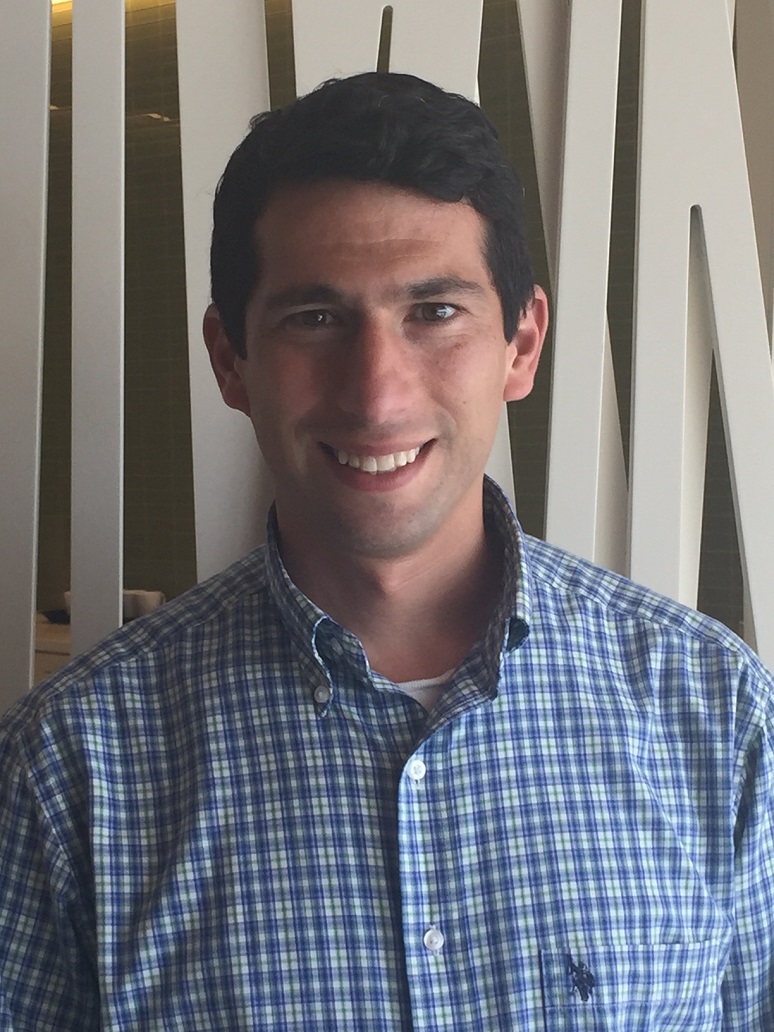Microseismic SIG: DAS Microseismic and Strain Monitoring During Hydraulic Fracturing*-Sep 7th

Sponsored by Apache Corporation
Event Location:
Apache Corporation
2000 Post Oak Blvd. #100
Houston, TX 77056
NOTE: You Must be Logged In to Register.
Speaker: Dan Kahn, Geophysical Advisor, Devon Energy
Hydraulic fracturing operations in unconventional subsurface reservoirs are typically monitored using geophones located either at the surface or in adjacent wellbores. A novel approach to record hydraulic stimulations utilizes fiber-optic Distributed Acoustic Sensing (DAS). A fiber-optic cable was installed in a treatment well in a subsurface reservoir (Meramec formation). DAS data were recorded during fluid injection of same fibered well and also during injection into a nearby treatment well at a distance of 350m. For both scenarios the DAS sensing array consisted of approximately 1000 channels at a fine spatial and temporal sampling and with a large sensing aperture. Thus, the full strain wave field is measured along the borehole over its entire length. A variety of physical effects, such as temperature, low-frequency strain and microseismicity were measured and correlated with the treatment program during hydraulic fracturing of the wells. These physical effects occur at various frequency scales and produce complementary measurements. Microseismic events in the magnitude range of -0.5 and -2.0 at a maximum distance of 500m were observed and analyzed for recordings from the fiber-equipped treatment well and also neighboring treatment well. The analysis of this DAS data set demonstrates that current fiber-optic sensing technology can provide enough sensitivity to detect a significant number of microseismic events and that these events can be integrated with temperature and strain measurements for an improved subsurface reservoir description.
Speaker Biography: Dan Kahn, Geophysical Advisor, Devon Energy
After graduating from Brown University (2001) with a B.S. in Geology/Physics/Mathematics, Dan Kahn received his M.S. in Geophysics from Georgia Institute of Technology (2004) with a thesis, Concentration of Methane Hydrate: A Study of the Blake Ridge. He then earned a Ph.D. from Duke University (2008), working at the Krafla, Iceland geothermal station and the Basel Hot Dry Rock Project with a dissertation, Crack Propagation in Hydro-Fractured Reservoirs: A Study Using Double-Difference Location Techniques. Dan worked at Exxon as a Senior Geophysicist (2008-2011), during which time he did structural and stratigraphic interpretation of the Austin Chalk Trend and was lead survey designer for the Ranridge and Papua New Guinea projects. He was an Exxon Gold Service Medallion recipient (2008). Dan joined ION Geophysical in 2011, where he specialized in the characterization of unconventional reservoirs through microseismic fracture imaging and analysis. He was co-developer ION’s Java-based microseismic tool kit, authoring 7 patents. Dan moved to Devon in 2015 where he is responsible for overseeing data acquisition and analysis for the description of the dynamics of unconventional reservoirs, including microseismic, magnetotelluric, time domain electromagnetics, and optical fiber techniques. Dan was also a USA Olympic Trials qualifier in the Marathon with the “A” standard.
THANK YOU TO OUR GENEROUS SPONSOR:
